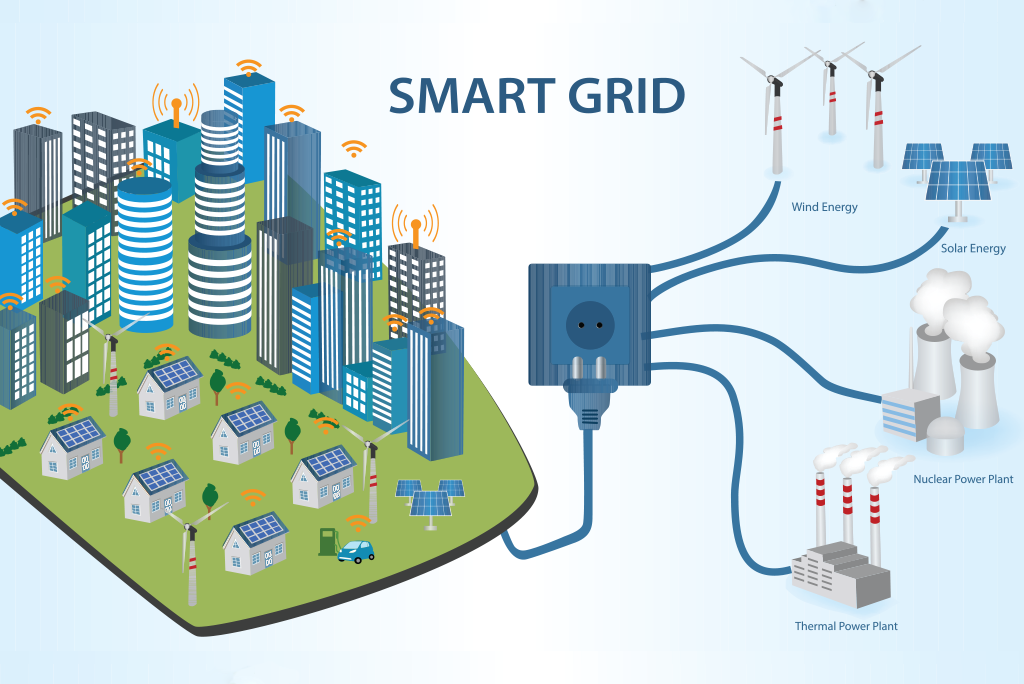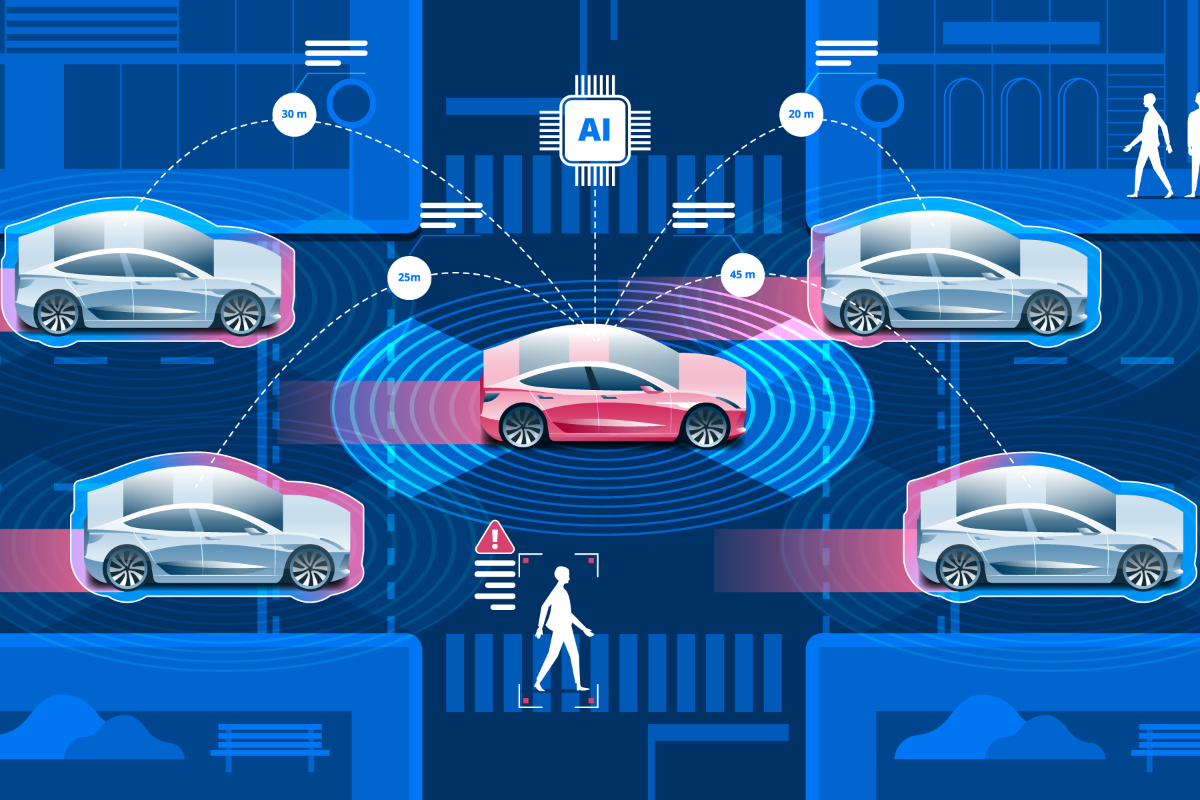Future Of Ev Vehicle Presentation
| Introduction | ||
|---|---|---|
| Electric vehicles (EVs) are the future of transportation. EVs offer numerous advantages over traditional internal combustion engine vehicles. The future of EVs holds promising developments and innovations. | ||
| 1 | ||
| Advancements in Battery Technology | ||
|---|---|---|
| Continuous improvements in battery technology are increasing the range of EVs. Solid-state batteries are on the horizon, offering even higher energy density and faster charging times. Battery prices are decreasing, making EVs more affordable for consumers. | ||
| 2 | ||
| Infrastructure Development | ||
|---|---|---|
| Governments and industries are investing in charging infrastructure to support the growth of EVs. Fast-charging stations are becoming more widespread, reducing charging times significantly. Wireless charging technology is being developed, allowing for convenient and seamless charging experiences. | ||
| 3 | ||
| Vehicle-to-Grid Integration | ||
|---|---|---|
| EVs can become a valuable resource by integrating with the power grid. Vehicle-to-grid technology enables EVs to store excess energy and supply it back to the grid during peak demand times. This integration promotes grid stability and enhances the overall efficiency of renewable energy sources. | ||
| 4 | ||
| Autonomous Driving | ||
|---|---|---|
| EVs are at the forefront of autonomous driving technology. Self-driving EVs are expected to enhance road safety and reduce traffic congestion. With the rise of ride-sharing services, autonomous EVs can revolutionize the transportation industry. | ||
| 5 | ||
| Environmental Benefits | ||
|---|---|---|
| EVs produce zero tailpipe emissions, reducing air pollution and improving air quality. Transitioning to EVs can significantly reduce greenhouse gas emissions and combat climate change. The use of renewable energy sources for charging EVs further enhances their environmental benefits. | ||
| 6 | ||
| Market Growth | ||
|---|---|---|
| The global market for EVs is rapidly expanding. Increasing government regulations and incentives are driving the adoption of EVs worldwide. Major automakers are investing heavily in EV production and developing new models to meet the growing demand. | ||
| 7 | ||
| Integration with Smart Grids | ||
|---|---|---|
| EVs can integrate with smart grids to optimize charging and energy distribution. Smart charging algorithms can prioritize renewable energy sources for charging EVs. EVs can contribute to load balancing and demand response programs, maximizing the efficiency of the power grid. | ||
| 8 | ||
| Conclusion | ||
|---|---|---|
| The future of EVs is bright, with advancements in battery technology, infrastructure development, and autonomous driving. Environmental benefits and market growth are further driving the adoption of EVs. As EVs become an integral part of the transportation system, they will play a crucial role in achieving a sustainable and greener future. | ||
| 9 | ||








